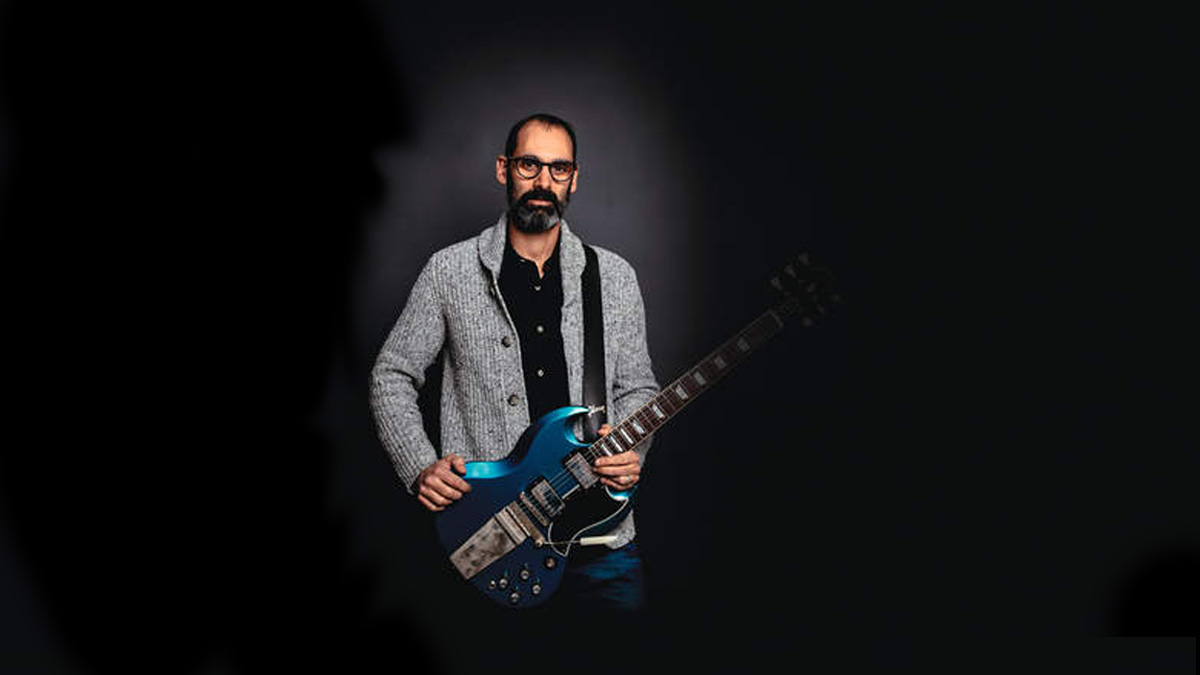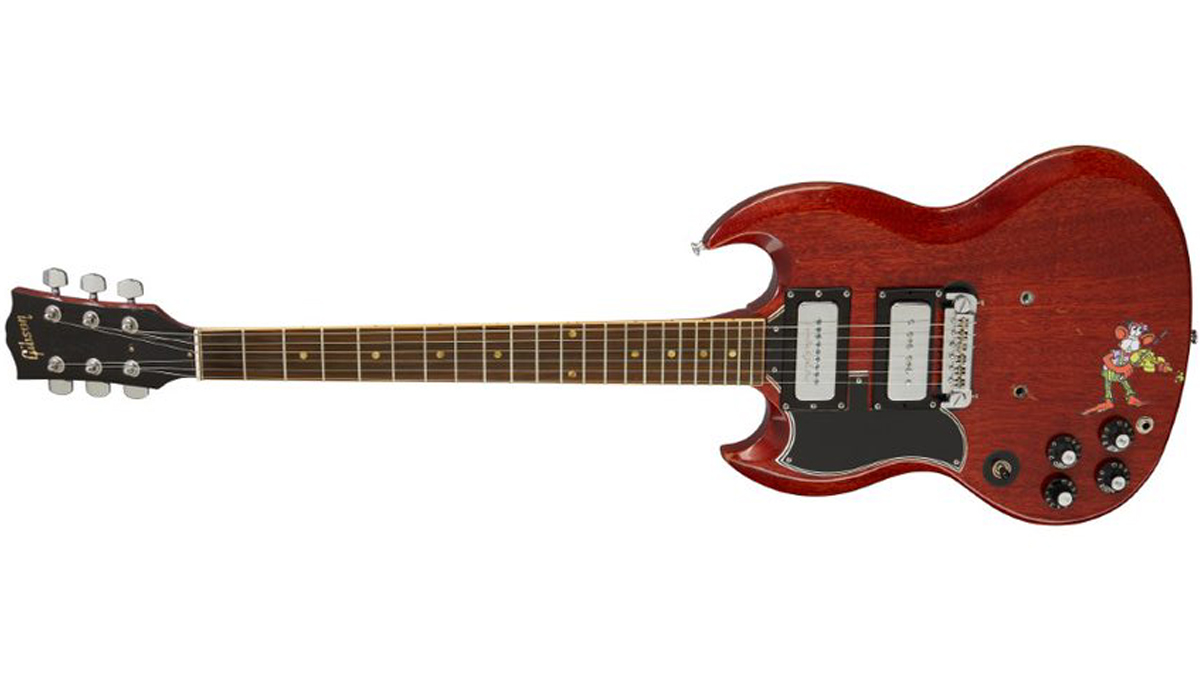Cesar Gueikian reveals the inside story behind Gibson's exhaustive Tony Iommi 'Monkey' SG replica
Gibson's chief merchant officer on Black Sabbath's heavy metal icon and the guitar that got him playing in the first place

Cesar Gueikian is the man behind Gibson’s hyper-exacting replica of the ‘Monkey’ SG. That’s no accident - it’s the guitar that got Cesar into playing in the first place, he explains...
What does working on this guitar mean to you?
"I play guitar because of that record, Black Sabbath. When I was 10 years old and my dad had a vinyl record collection, that one was in it and I was going through the records and that cover really was so eerie and it caught my attention. So I wanted to see what that was about and I put that record on.
"I had to open it because my dad had never opened that record. I don’t even know why he had it – he doesn’t live today, so I can’t really go back and ask him – but he never really opened it. So I opened it up and put it on and then I heard that song Black Sabbath and I was like ‘Oh my God, I really need to learn how to play guitar.’
"And now, having the opportunity to work with Tony, that’s coming full circle for me personally, and becoming such a passion project – and then in a way becoming a little closer with him and developing a friendship.”
What were the main challenges of recreating Tony’s ‘Monkey’ SG? The original was heavily modded…
“The folks at Hard Rock were gracious enough to give us access to the original guitar, so that was awesome, but once we’d got the guitar, we realised how intricate the lacquer checking had become over time. There were also other challenges. For example, we commissioned an artist to recreate the sticker and then we had to do the aging. So we had to have it made, put it on, then age the sticker to look exactly like the one the way it is on the original guitar. So it was a pretty involved process.”
Get The Pick Newsletter
All the latest guitar news, interviews, lessons, reviews, deals and more, direct to your inbox!
Tell us about the hardware – it’s quite distinctive. The pickups, of course, hark back to the work of the late John Birch, so what influence do you feel they have on the sound of the ‘Monkey’ SG?
“Yes, the pickups were originally done by John Birch in England, and those are an integral part of the sound. We were able to work with John’s apprentice – a guy who worked with John for many, many years – and he now carries the John Birch brand forward. So he was able to do authentic recreations of those original pickups.
"They’re a little bit higher-output than regular P-90s and they have a little bit more attack as well. That is not a scientific interpretation of the pickup, but it is my personal view. And so they bring probably a little more out of that guitar.
“I think they’re a little bit overwound and then they have the magnets in a different place as you can see from the pickups. All that contributes to a little bit of a dirtier sound, and also the cool thing about them is that even when you roll the volume all the way up or you have gain on your amp, you still get a really clean sound out of a really heavy overdriven sound. So it doesn’t muddy up. Which kind of, with a P-90, you want it a little bit muddier.

"And with these, you kind of get that clarity, which I think is because of the magnets and because it’s a little bit overwound. “The way he modified it with that bridge, that’s also part of the sound. The lacquer on the fretboard and the way that guitar resonates is also part of the sound. You also need the treble booster.
"When we were just getting started with this project, I had lunch with Tony over in England and I said ‘What was the secret to your sound?’ and he said ‘You know what, it was just the Laney with a treble booster.’”
How do you feel about the process of making this guitar now that it’s complete?
“It’s probably the highlight of my life. It really is – it’s the ultimate privilege to be able to work with Tony. Even if we were designing something else, I would be equally as stoked as I am right now. It’s the highlight of my life.”
Jamie Dickson is Editor-in-Chief of Guitarist magazine, Britain's best-selling and longest-running monthly for guitar players. He started his career at the Daily Telegraph in London, where his first assignment was interviewing blue-eyed soul legend Robert Palmer, going on to become a full-time author on music, writing for benchmark references such as 1001 Albums You Must Hear Before You Die and Dorling Kindersley's How To Play Guitar Step By Step. He joined Guitarist in 2011 and since then it has been his privilege to interview everyone from B.B. King to St. Vincent for Guitarist's readers, while sharing insights into scores of historic guitars, from Rory Gallagher's '61 Strat to the first Martin D-28 ever made.
“It holds its own purely as a playable guitar. It’s really cool for the traveling musician – you can bring it on a flight and it fits beneath the seat”: Why Steve Stevens put his name to a foldable guitar
“Finely tuned instruments with effortless playability and one of the best vibratos there is”: PRS Standard 24 Satin and S2 Standard 24 Satin review












